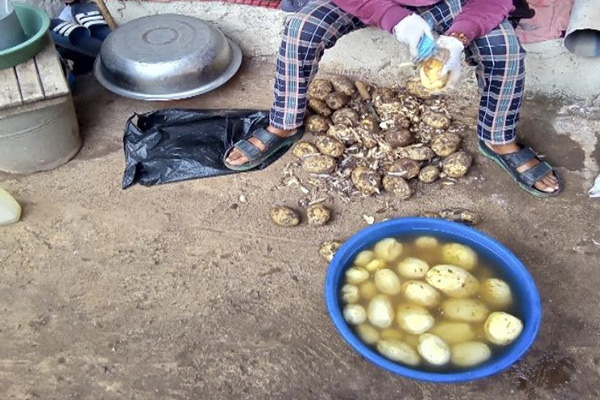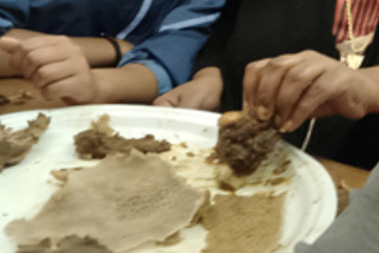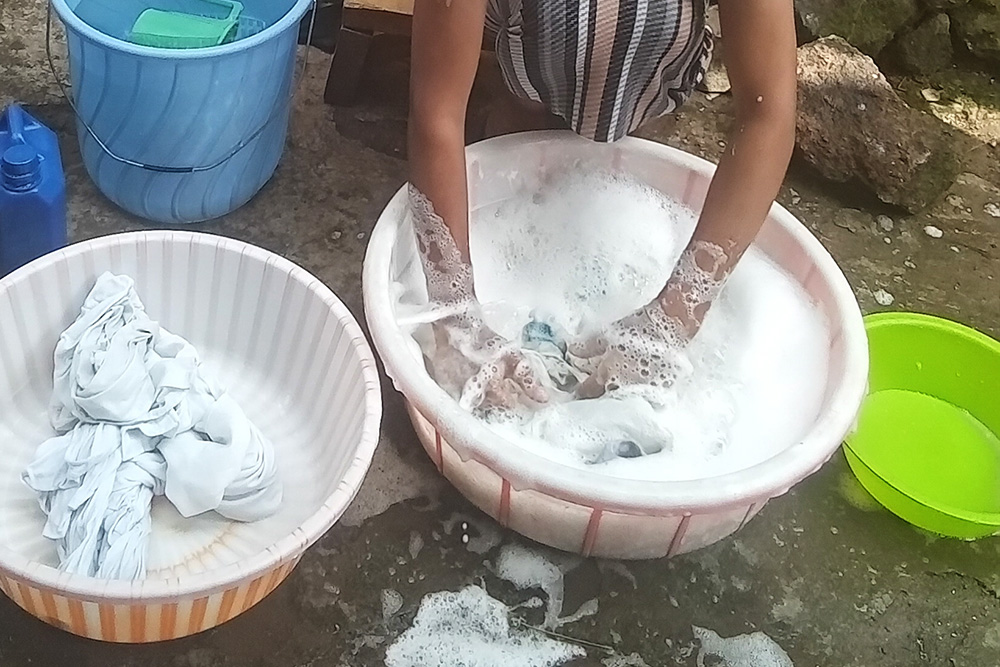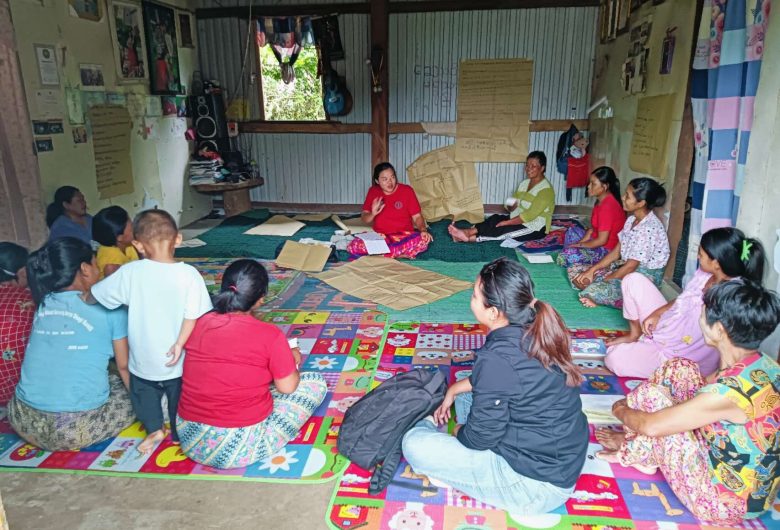Using photovoice with child domestic workers in Addis Ababa
By Beabtsega Gedlu, DAB, Development Research and Training and Varsha Gyawali, The Freedom Fund
In the quiet corners of Addis Ababa’s households, young girls carry out invisible labour – sweeping floors before sunrise, baking injera for families not their own, and fetching heavy jugs of water before hurrying off to school, if they are lucky enough to attend. In 2022, the Freedom Fund Ethiopia launched the Nigat program (dawn or dawning of a new day in Amharic) to protect the rights of child domestic workers in Addis Ababa by tackling abuse and promoting fair living and working conditions. An evaluation of the Nigat program was conducted by DAB-Development Research and Training (DAB-DRT) using a longitudinal qualitative design including photovoice method.
Photovoice is a participatory method where participants use photography to document their own lives and experiences. In this case, CDWs were given cameras and training to take photos that represented their daily lives. Over multiple rounds (baseline, midline, endline) during the evaluation, they captured powerful images of their work, sleeping arrangements, meals, personal moments, and their aspirations for a better future, including access to education and personal growth.
Photovoice proved to be a powerful, child-led tool that placed CDWs at the center of the evaluation allowing them to document and share their realities in ways traditional methods often missed. It provided deep, contextual understanding through powerful images, enabling children to express experiences they struggled to put into words. It revealed hidden realities that children often struggled to express through traditional methods like interviews. For example, during the baseline, a child domestic worker took a photo of a pink slipper, and when asked about it, they disclosed experiencing physical abuse from their employer – something that hadn’t surfaced when asked a similar question in an in-depth interview. Additionally, it generated compelling visual evidence that spoke to the policymakers and advocates of these children, making the invisible visible and turning lived experience into actionable insights.
“Some of the girls opened up more through the photos than in the interviews. The camera gave them a way to show things they could not say out loud.”
~Photovoice Facilitator, DAB-DRT
The photos they captured varied – there were mattresses on cold floors, hands wrinkled from washing and shared meals with employer’s family that signaled inclusion. They shared stories of both hardship and quiet progress, highlighting the dedication of our partners working tirelessly to support these children and their families through the Nigat project, creating real change on the ground. Many CDWs reported improved confidence, awareness of their rights, better school attendance, and positive shifts in household treatment. Some employers became more supportive after the project exposure, while some CDWs continued voicing their concerns through these photos and requested access to better sleeping arrangement and fair payment for themselves. Through these photos, they spoke about their aspirations, of wanting to become a footballer or a doctor and provide for their family.

“I took this picture to show you my contribution to the household…I am peeling potatoes. By the time I finish all my tasks, I am too tired to focus on my studies. It is a long and exhausting routine, leaving me with little time or energy for myself.”
~CDW from Gulele, Woreda 4, Endline

“In this picture, we are having dinner together, something they (employer) insisted on, and it makes me happy because I don’t like eating alone. It shows they see me as part of their family.”
~CDW from Lideta, Woreda 7, Endline
Photovoice also came with several challenges. Time was a major constraint, as CDWs had limited availability due to school and household duties. Additionally, they needed multiple sessions to learn how to use the camera and take meaningful photos, requiring extensive follow ups. However, their busy schedules made it difficult to find time, which also placed a strain on the DAB-DRT team’s time and resources. Securing employer consent was another hurdle – many employers were hesitant to allow children to document their daily lives, fearing scrutiny or exposure. Some outright refused participation, making it harder for the program to capture a full picture of their experiences. Ethical concerns also arose when girls disclosed experiences of abuse like verbal and emotional abuse but didn’t want any intervention. This required careful handling to respect their wishes while ensuring their safety, highlighting the delicate balance between child’s agency and protection.
Photovoice is an incredibly powerful and transformative tool, offering a unique way for vulnerable populations to express their experiences and perspectives. However, it is also highly resource-intensive, requiring significant time, training, and follow-up to ensure participants can effectively engage. The process demands careful ethical safeguards, emotional support systems, and strong facilitation to navigate sensitive disclosures. Additionally, securing employer buy-in remains a challenge, necessitating more advocacy and trust-building efforts. Future initiatives aspiring to adopt Photovoice must allocate dedicated resources, including funding and structured implementation plans, to maximise its impact. It can become a vital tool for advocacy and systemic change, complementing traditional research and evaluation methods, particularly for those who struggle to voice their grievances through conventional means.



